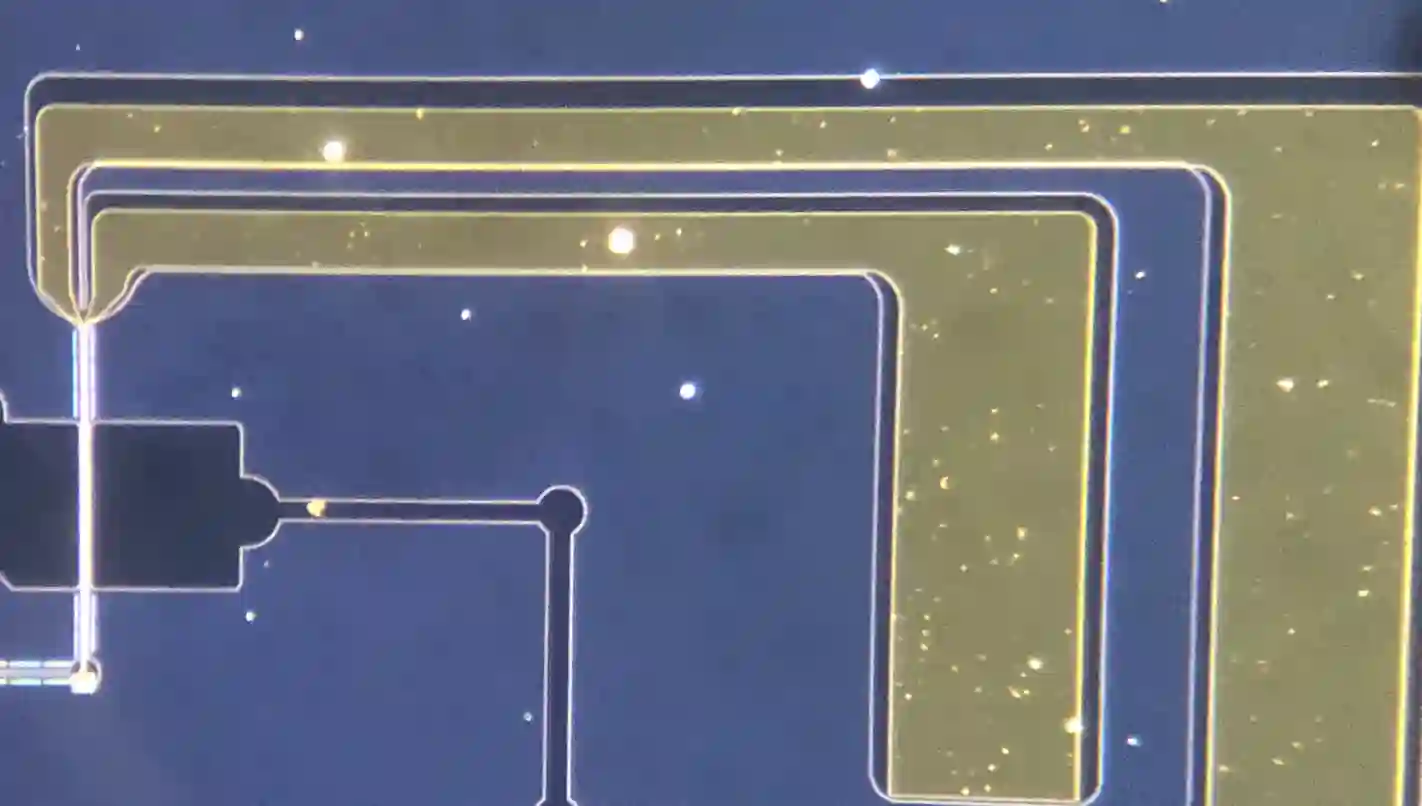Tribology is the science and engineering of understanding friction, lubrication and wear phenomena for interacting surfaces in relative motion.
The history of humanity's struggle with friction goes back to ancient Egypt. If you carefully watch the mural that transporting a huge stone statue drawn at the era, you can find a man pouring oil at the tip of a sled to reduce friction.
Amazingly, we still do not understand why friction occurs and why wear occur very well, even in the 21st century.

Friction is difficult to study because the contact area is normally hidden from view.
The most important physical quantities to clarify the fundamental origin of friction are required to measure the forces while observing the contact area.
The problem with this research field is that R&D is done without direct evidence, e.g., "We try to find out why friction occurs without observing what happens at the contact area" or "We sell lubricants that happen to be high performance without observing how they work".
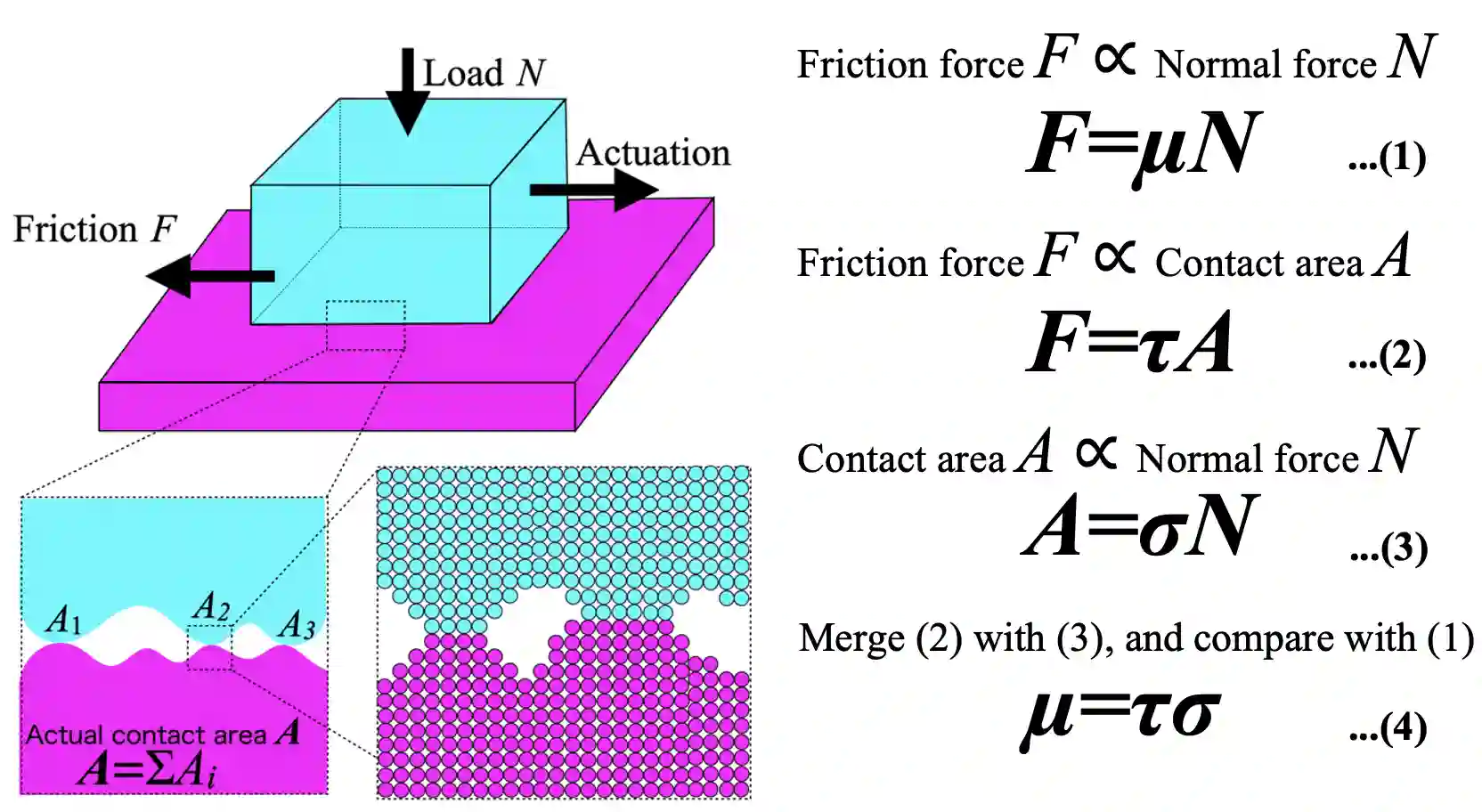
I made MEMS and put it in TEM.
- MEMS measures friction/normal forces.
- TEM observe the contact area.
That's how we can obtain the key physical parameters. MEMS technology enables new research.
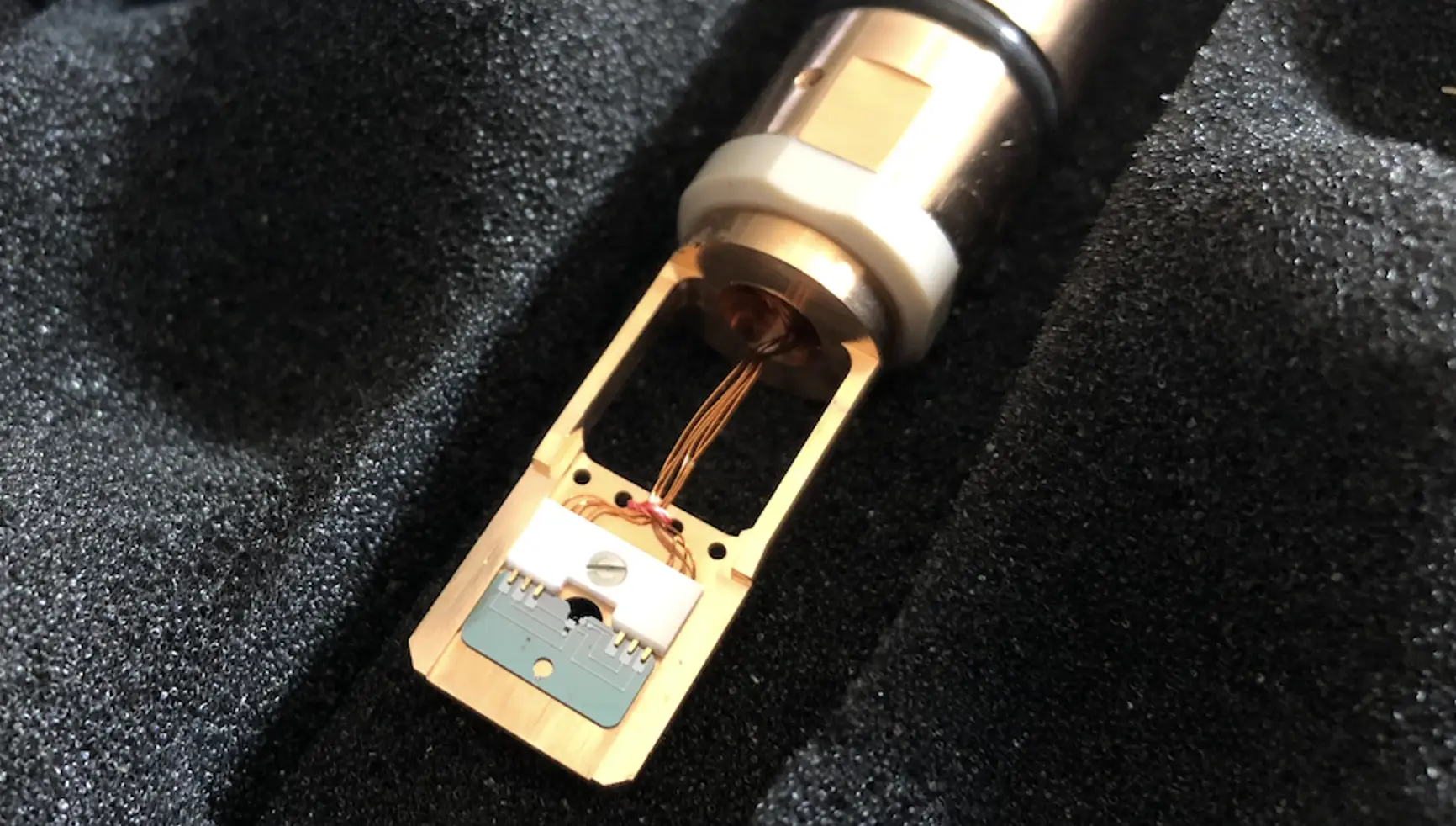
I am the first to make detailed observations of the sliding interface between opposing asperities. In other words, I for the first time observed the sliding contact area with atomic resolution while simultaneously measuring the friction and normal forces.
Our results strongly suggested that an amorphous layer was formed on the surface of the contact area by sliding, and that the sliding of the amorphous layer should be the fundamental origin of the friction force.
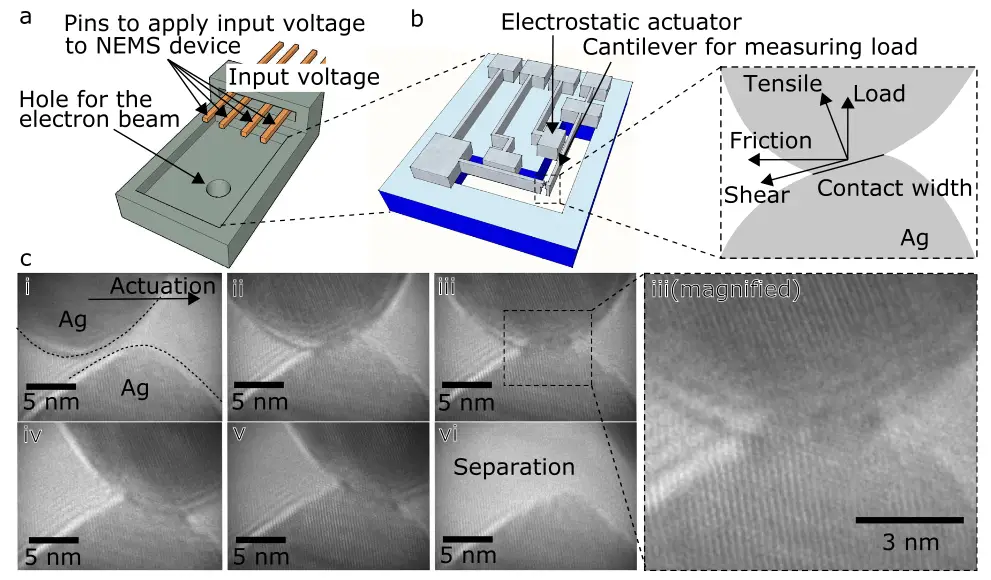
[1] T. Sato, Z.B. Milne, M. Nomura, N. Sasaki, R.W. Carpick & H. Fujita "Ultrahigh Strength and Shear-Assisted Separation of Sliding Nanocontacts Studied in situ” Nature Communications, Vol.13, Issue.1, 2551 (2022)
1. Material Dependency: In previous results, I proposed that the origin of friction, i.e., the phenomenon that determines the shear strength of sliding contacts, is grain boundary sliding.
However, there are still many hypotheses in the world, for example the origin of friction should be yield stress, cleavage energy, stacking fault energy, or Peierls stress, etc..
In order to clarify which hypothesis is correct, we’ll (1) compare the values of interfacial strength for each material, and (2) observe the deformation of the contact area.
I'm confident that those materials comparasion will specify the phenomenon that determines the shear strength of sliding contacts. I'm also confident the comparasion will clarify "Why friction happens" and "Why wear happens".
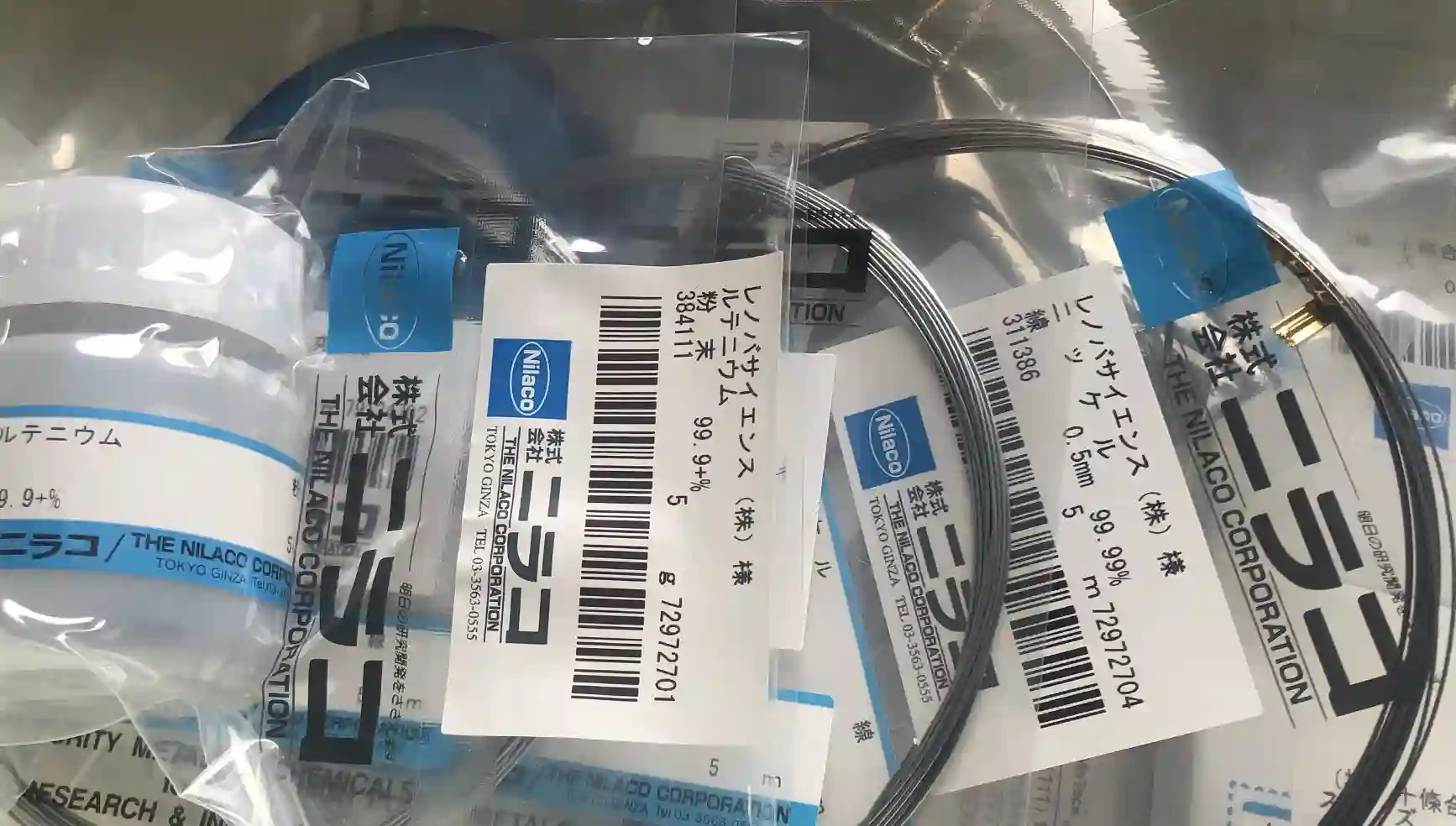
2. Temperature Dependency: A temperature dependency will provide significant cue to clarify the origin of friction.
In other words, research on the temperature dependence of interface strength will determine which of the following hypotheses regarding the origin of friction is the best explanation by its temperature dependence: grain boundary sliding, yield stress, fracture energy, stacking fault energy, or Peirce stress etc....
We will integrate a micro heater in a MEMS device to know the interfacial strength depending on the temperature.
